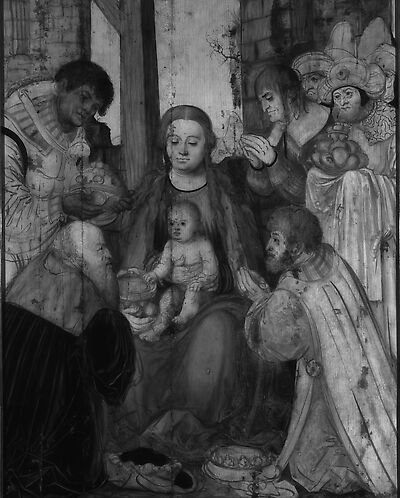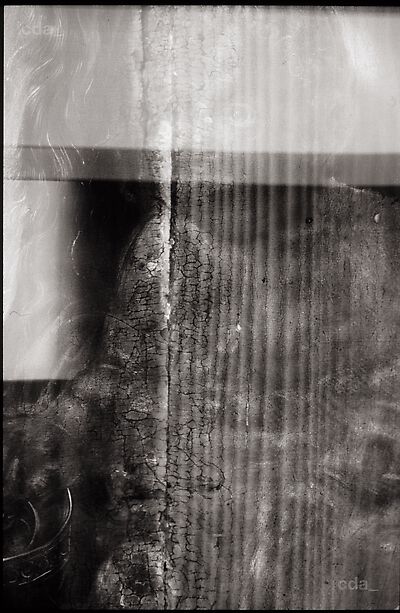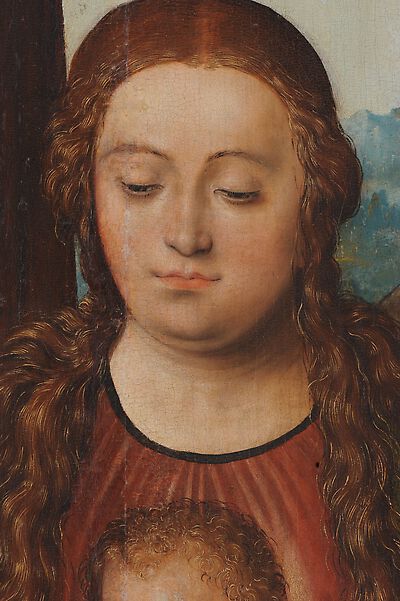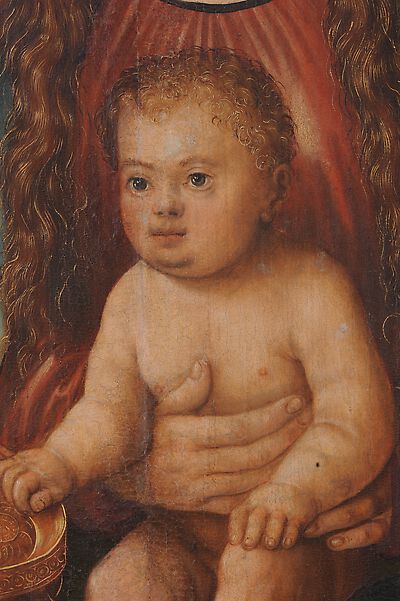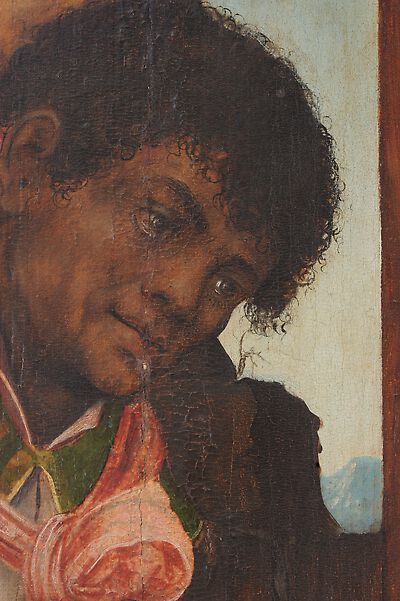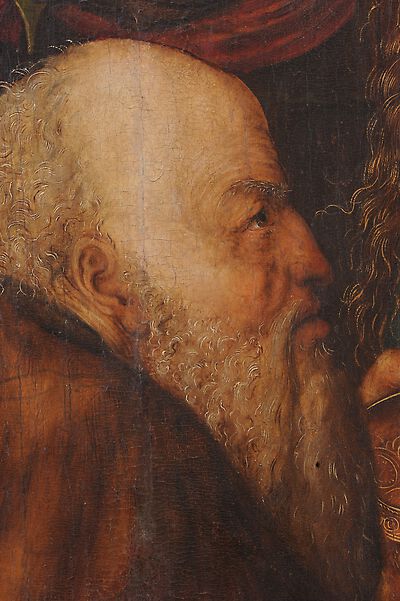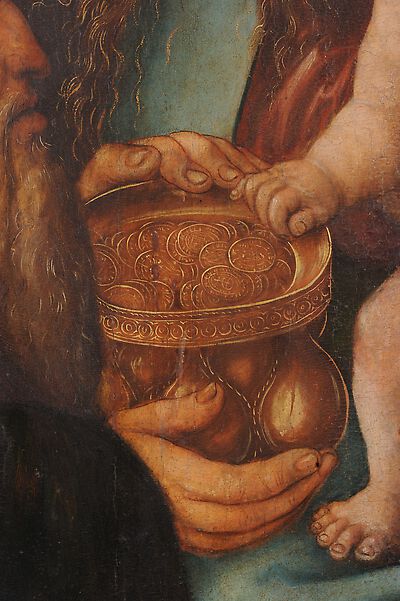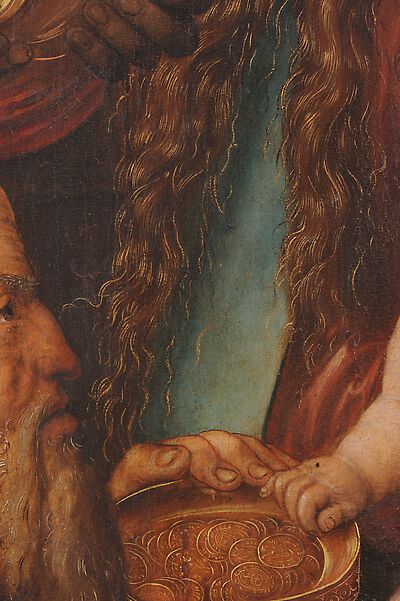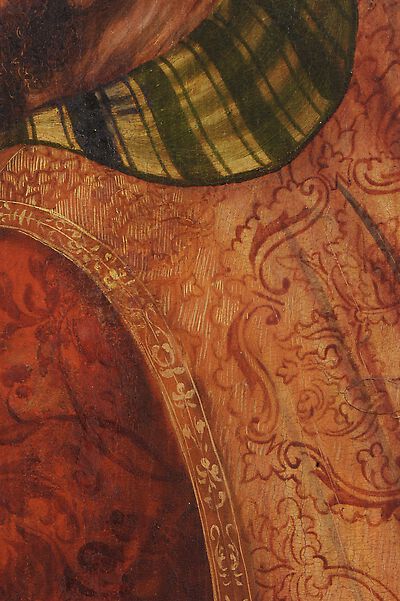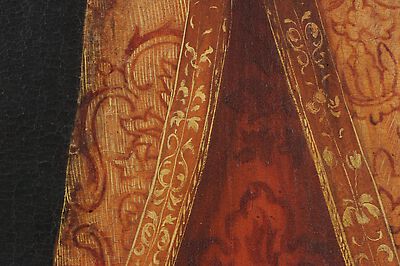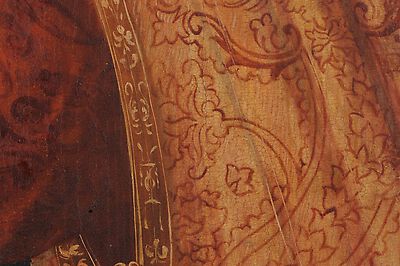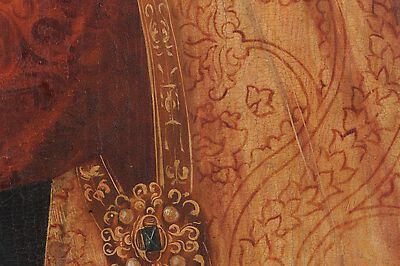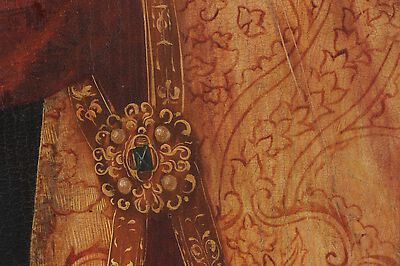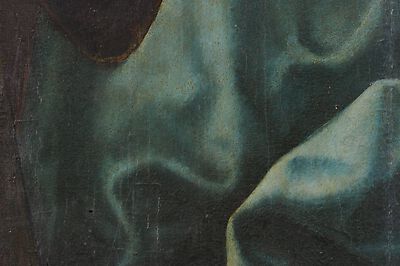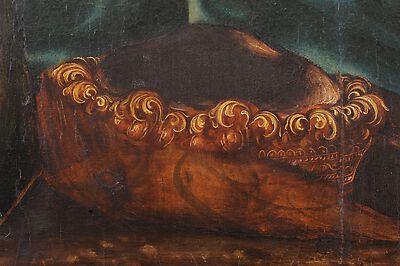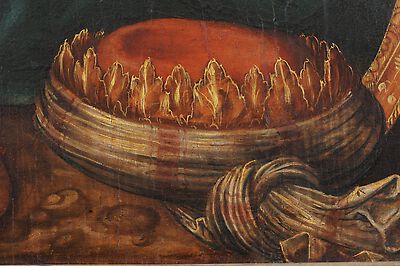- Attributions
-
Workshop Lucas Cranach the Elder
Hans Kemmer (in Cranach the Elder's workshop)
Attributions
| Workshop Lucas Cranach the Elder | ['Werkstatt Lucas Cranach d. Ä. (Hans Kemmer)', Heydenreich 2021 B, 67] [Exhib. Cat. Eisenach 1998, No. 23.6b] [Gronau 1972, Bd. 1, 44] |
| Hans Kemmer (in Cranach the Elder's workshop) | ['Werkstatt Lucas Cranach d. Ä. (Hans Kemmer)', Heydenreich 2021 B, 67] |
| Lucas Cranach der Ältere | [Sandner 1998 B, 128] [Friedländer, Rosenberg 1979, 79, No. 49] |
- Production dates
- about 1520 - 1525
about 1513 - 1514
Production dates
| about 1520 - 1525 | [Heydenreich 2007A, 73, 204] |
| about 1513 - 1514 | [Exhib. Cat. Eisenach 1998, No. 23.5b] [Friedländer, Rosenberg 1979, 79, No. 49] [Sandner 1998 B, 89][Exhib. Cat. Weimar/Wittenberg 1953, 30, No. 7] |
| after 1517 | [Gronau 1972, Bd. 1, 44] |
| about 1520 | [Schade 1974, 67, 386, note 491] |
- Dimensions
- Dimensions of support: 153.5 x 105.8 cm
Dimensions
Dimensions of support: 153.5 x 105.8 cm
[Exhib. Cat. Weimar, Wittenberg 1953, 30, no. 7]
- Signature / Dating
none
- Owner
- Ev.-Luth. Kirchgemeinde St. Wenzel, Naumburg
- Repository
- Stadtkirche St. Wenzel, Naumburg
- Location
- Naumburg
- CDA ID
- DE_StWN_NONE-001
- FR (1978) Nr.
- FR049
- Persistent Link
- https://lucascranach.org/en/DE_StWN_NONE-001/


